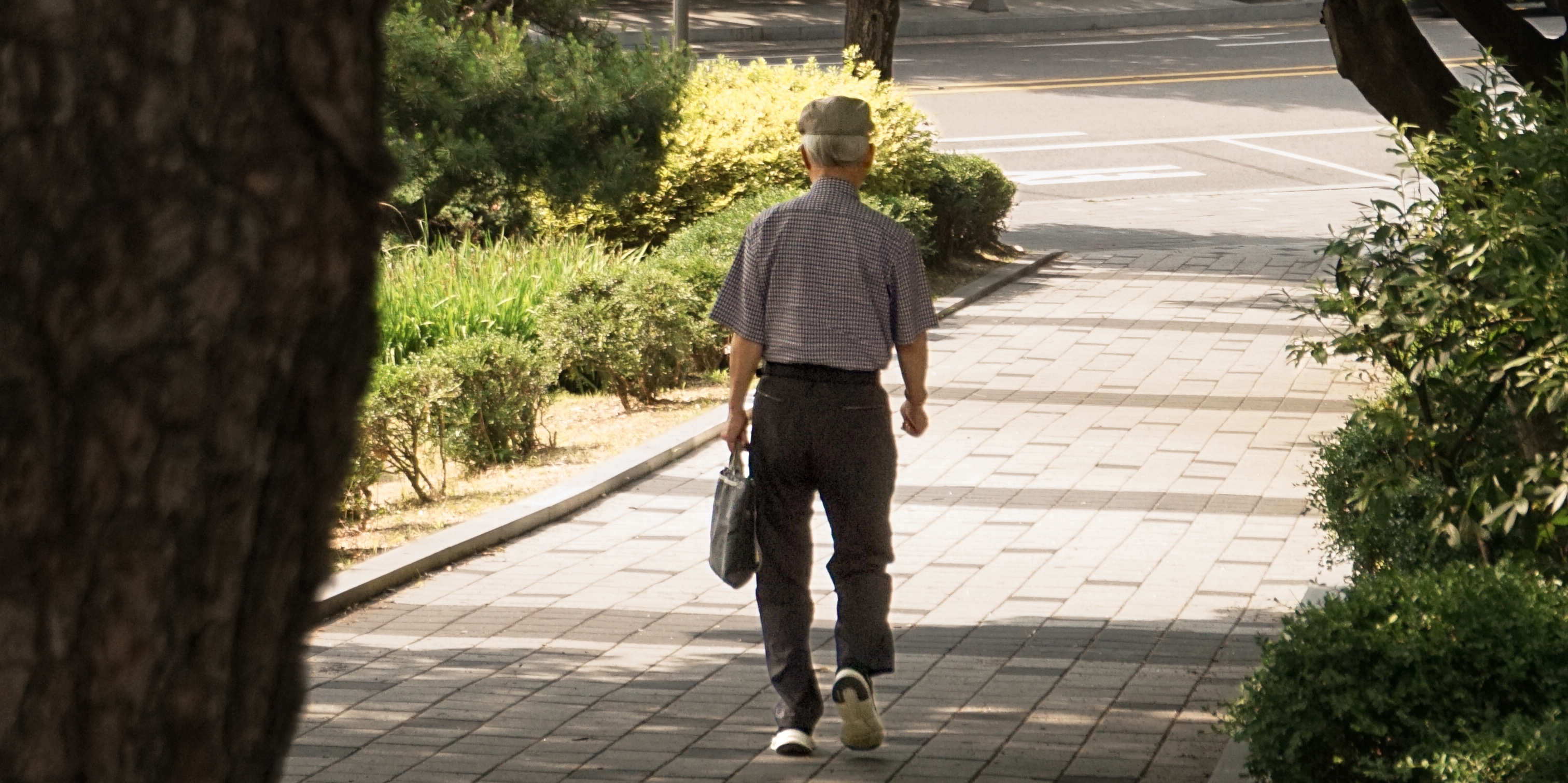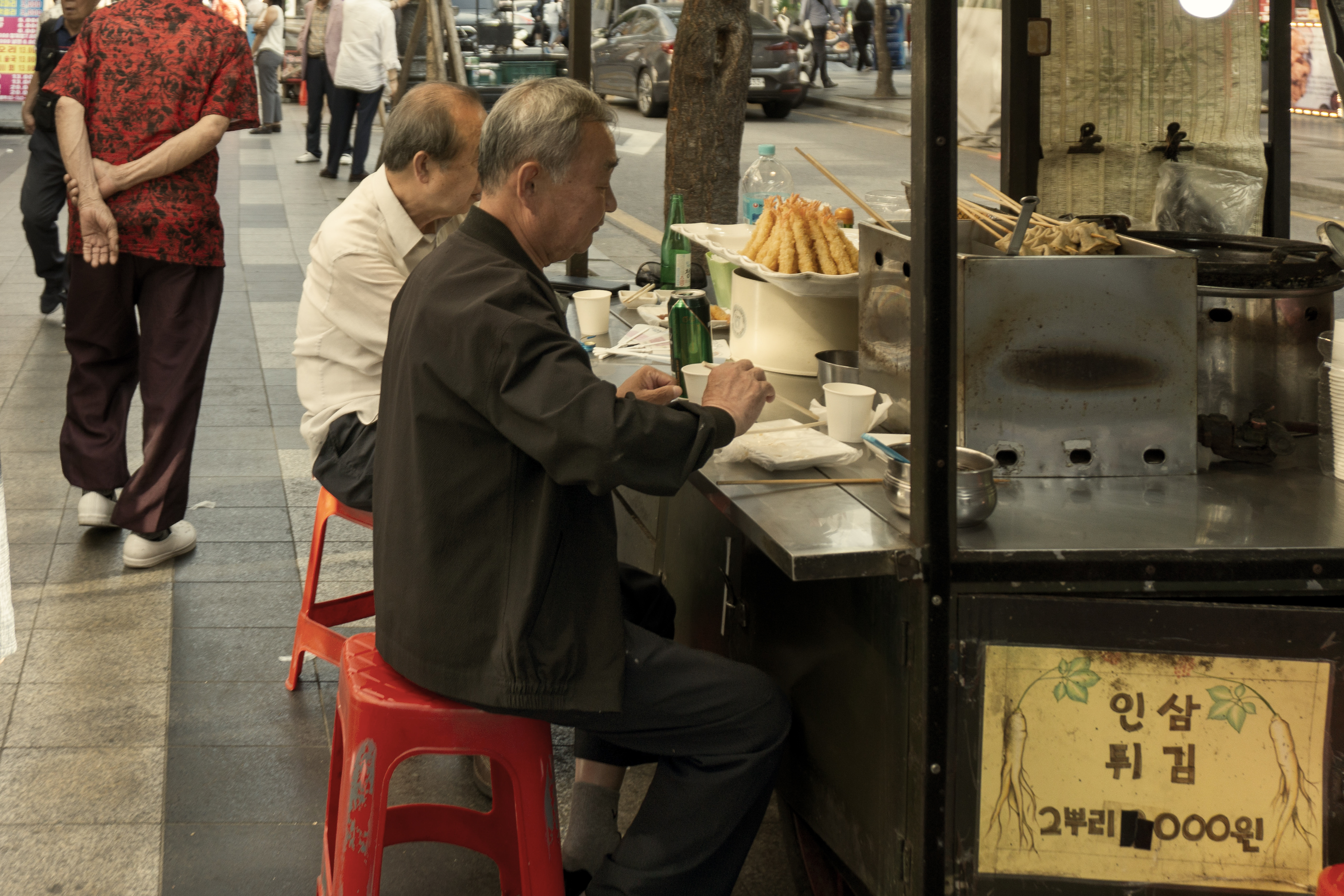Visible Space, Invisible Issues: A Report on Spatial Imbalance at SNU
In a campus this big, no student should ever feel like there’s nowhere to go.
[83rd Edition] Letter from the Editor
Dear readers,The passing of The SNU Quill’s...
[Opinion] The Diversity Agenda at Korean Universities: Gender Equality is Still a Top Priority
Since 2018, the Diversity Council has run an...
Visible Space, Invisible Issues: A Report on Spatial Imbalance at SNU
Every semester, Seoul National University’s Gwa...
Editor's Picks
FEATURES
Driving Korea’s Future? AI Behind the Wheel and What It Means For Us
SNU SOCIETY
A Closer Look at the “Inclusive” International Life at SNU
ARTS & CULTURES
The Modern Lion King Tries to Convince You that Fascism Doesn’t Exist
OPINION
[83rd Edition] Letter from the Editor
Quill Videos
Photojournals






